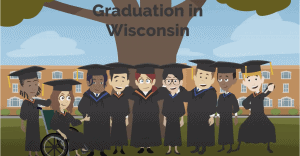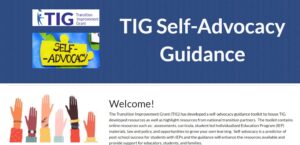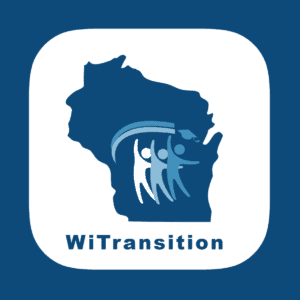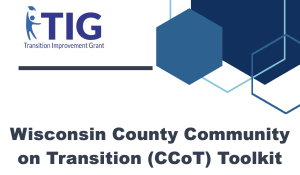Graduation Rate Improvement Plan (GRIP)

Graduation Rate Improvement Plan (GRIP)
The GRIP is a free online assessment and planning tool available to school districts that was created to positively impact the graduation and dropout rates of students by providing the following resources:
- Guidance for school teams to engage in an in-depth data analysis of factors affecting dropout and graduation rates, along with postsecondary outcomes of students with disabilities.
- A self-assessment tool to reflect on the district’s current evidence-based practices proven to have a positive impact on graduation rates and postsecondary outcomes.
- Learning related to transition services, culturally responsive practices and leading with an equity mindset from nationally recognized evidence-based research.
- Planning tool for engaging in activities, with specific actions steps, to engage in graduation improvement planning, dropout reduction and better postsecondary outcomes.
The GRIP was built from the work of the National Dropout Prevention Center (NDPC) and National Technical Assistance Center: The Collaborative and highlights evidence-based resources and tools.
This online tool is designed to support a district or school level continuous improvement process and can be utilized to meet the requirements of an identification under Individuals with Disabilities Act (IDEA) or the Every Student Succeeds Act (ESSA). The GRIP tool follows a continuous improvement cycle aligned to the DPI Continuous Improvement Rubric.
GRIP Pillars
There are three sections in which evidence-based practices (EBP) related to transition are rated in the Graduation Rate Improvement Plan (GRIP). The links below will bring you to an overview video of each pillar.
- Transition Planning: Helping students with disabilities and their families think about their life after high school. The process helps students identify long-range goals, designing the high school experience to ensure that students gain the skills and connections they need to achieve these goals after high school.
- Mentoring: is the practiced art of developing and maintaining positive and helpful human relationships. Mentoring is a caring, supportive relationship between a mentor and a mentee that is based on trust, and is an effective strategy for working with youth in at-risk situations, and in need of role models and a positive support system.
- Career Technical Education: provides students of all ages with the academic and technical skills, knowledge and training necessary to succeed in future careers and to become lifelong learners. CTE prepares these learners for the world of work by introducing them to workplace competencies, and makes academic content accessible to students by providing it in a hands-on context.

For More Information
Find out more about the Graduation Rate Improvement Plan (GRIP) at www.wigrip.org.




 TIG Self-Advocacy Guidance Google Site
TIG Self-Advocacy Guidance Google Site 
 Wisconsin County Community on Transition (CCoT) Toolkit
Wisconsin County Community on Transition (CCoT) Toolkit